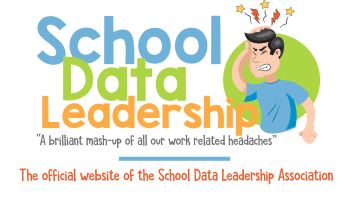Implement a positive and equitable student responsibility and behavior system with teaching, intervention and prevention strategies and protocols that are clear, fair, incremental, restorative, culturally responsive, and celebrate student and school achievement.
1. Clear Expectations and Norms: Establish clear expectations and norms for student behavior that are communicated consistently and transparently to all students, staff, and families. Ensure that these expectations are aligned with the school's values and promote a positive learning environment.
- Resource: PBIS.org provides resources and training materials for implementing Positive Behavioral Interventions and Supports (PBIS) framework, which emphasizes proactive strategies for defining, teaching, and supporting appropriate student behaviors.
2. Proactive Approach to Behavior Management: Take a proactive approach to behavior management by teaching and reinforcing positive behaviors rather than focusing solely on consequences for negative behaviors. Implement strategies such as teaching social-emotional skills, promoting positive reinforcement, and providing opportunities for student leadership and engagement.
- Resource: Responsive Classroom offers research-based strategies and resources for promoting positive behavior and social-emotional learning in schools.
3. Restorative Practices: Incorporate restorative practices into the behavior system to address conflicts and promote accountability, empathy, and relationship-building among students. Use restorative circles, conferences, and conversations to resolve conflicts and repair harm in a positive and equitable manner.
- Resource: International Institute for Restorative Practices (IIRP) provides training and resources on restorative practices in schools.
4. Equity and Cultural Responsiveness: Ensure that the behavior system is equitable and culturally responsive, taking into account the diverse backgrounds and experiences of all students. Address implicit biases and disparities in discipline practices to promote fairness and inclusivity.
- Resource: Equity Alliance offers resources and tools for promoting equity and diversity in schools.
5. Collaborative Problem-Solving: Involve students, staff, families, and community members in collaborative problem-solving processes to address behavior issues and develop solutions. Use restorative circles, problem-solving meetings, and advisory groups to engage stakeholders in decision-making and promote shared responsibility for maintaining a positive school climate.
- Resource: Teaching Tolerance provides resources and materials for promoting restorative justice and inclusive school environments.
6. Consistent and Fair Discipline Procedures: Implement consistent and fair discipline procedures that are applied equitably to all students. Ensure that consequences for behavior infractions are clear, proportionate, and focused on promoting learning and growth rather than punitive measures.
- Resource: National Association of School Psychologists (NASP) offers resources and guidelines for implementing effective discipline practices in schools.
7. Positive Reinforcement and Recognition: Implement positive reinforcement and recognition programs to acknowledge and celebrate students' positive behaviors and contributions to the school community. Use incentives, awards, and public recognition to motivate students and reinforce desired behaviors.
- Resource: ClassDojo is a classroom management tool that allows teachers to track and reward positive behaviors in real-time, promoting a positive and supportive classroom environment.
8. Continuous Monitoring and Evaluation: Continuously monitor and evaluate the effectiveness of the behavior system through data collection, feedback from stakeholders, and regular reviews. Use this information to make adjustments and improvements to the system as needed.
- Resource: Panorama Education offers tools and resources for measuring and improving school climate and student behavior.
By implementing these strategies and utilizing the recommended resources, educational leaders can create a positive and equitable student responsibility and behavior system that promotes a supportive and inclusive learning environment for all students.
